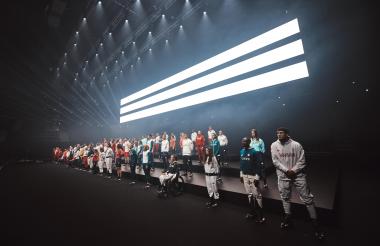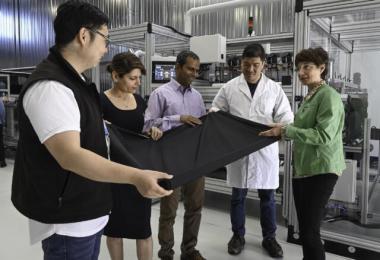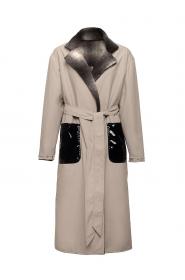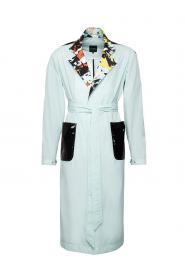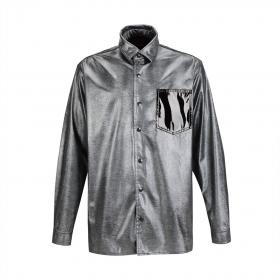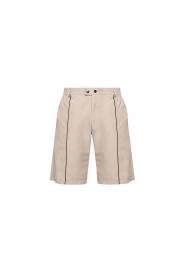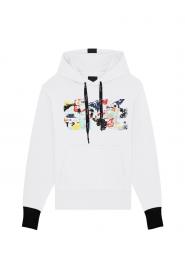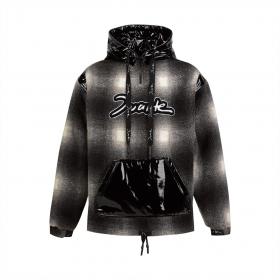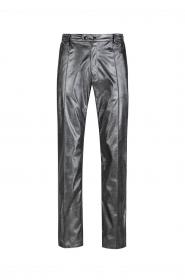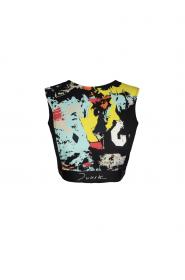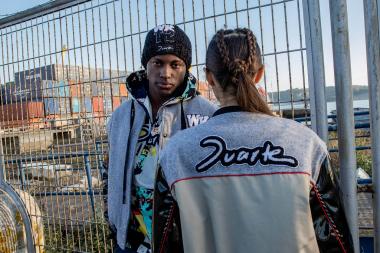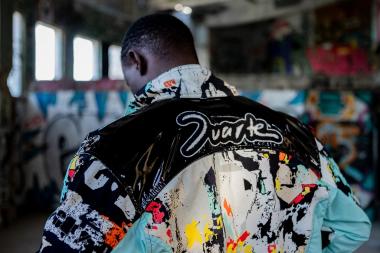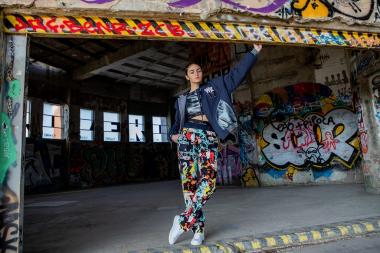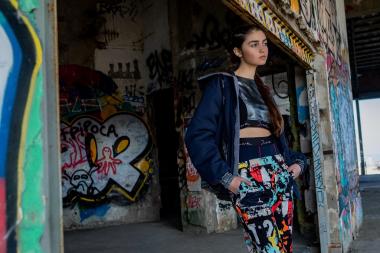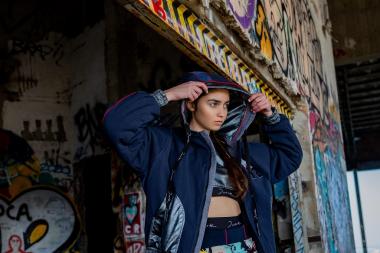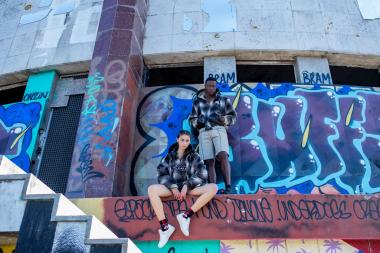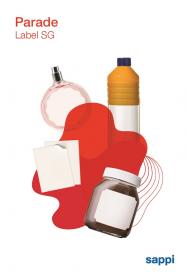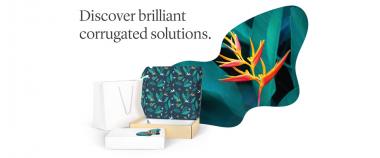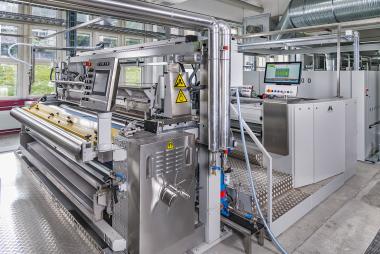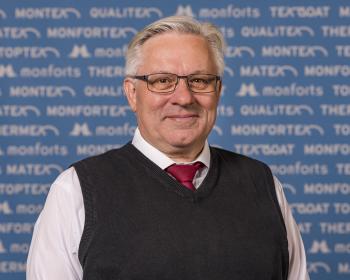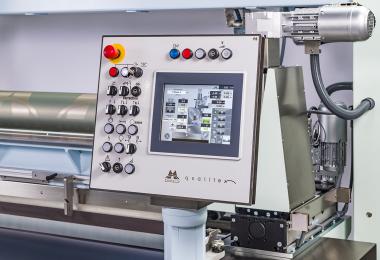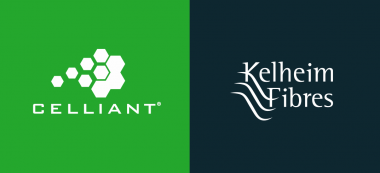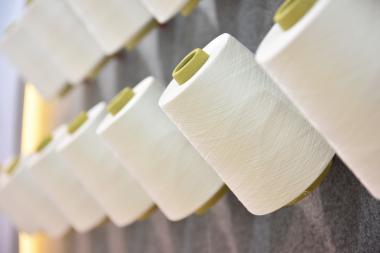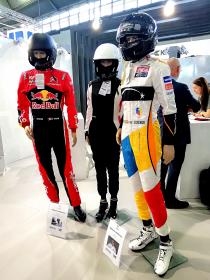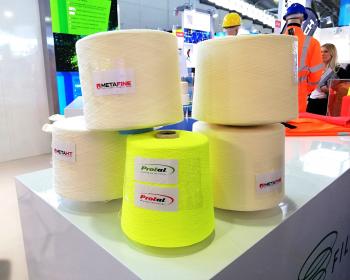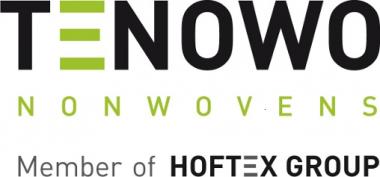adidas: Official Team Wear for Paris 2024
adidas unveils the team kits that will be worn at the upcoming Paris 2024 Olympic and Paralympic Games. With one central design story, all adidas teams and athletes are united under a design DNA that celebrates the unique identities of each nation.
All athletes share a passion for their sport, but this internal fire burns brightest around major international tournaments. In Paris, adidas will capture the flame that burns within every athlete through impactful fonts and detailed graphics – that feature across all apparel created for its 15 officially sponsored teams. To express the fire within athletes, the kits’ graphics, typeface, and all over print use a repeated line pattern which is brought to life through pops of color
Beyond team kits, adidas’ offering extends to the 2024 athlete pack – a 49-strong footwear collection which equips athletes across 41 different disciplines – more than 20 of which may be seen during the field of play this summer.
adidas AG


